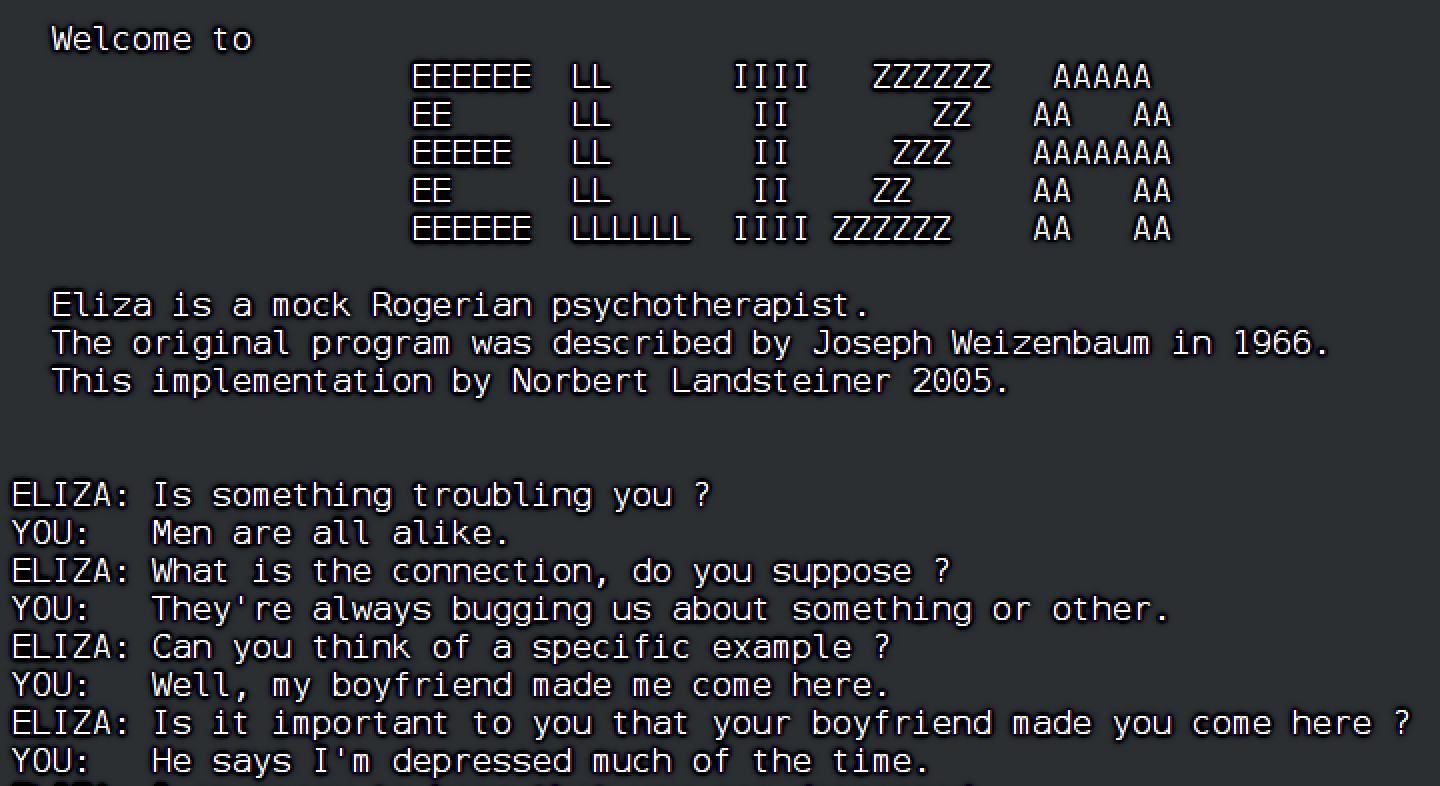Oliver Hermanus’ latest film Living transplants the story of Akira Kurosawa’s Ikiru to postwar London. Apart from its own considerable merits, it has given viewers across the world reason to revisit the 1952 original, a standout work even in a golden decade of Japanese cinema — the decade The Cinema Cartography co-creator Lewis Bond (previously featured here for other explorations of Japanese cinema and animation) explains in the video above. In the nineteen-fifties, “concentrated within a single country were some of the greatest filmmakers to ever live, simultaneously producing their greatest works. The result was a complete decentralization of classic cinema as the world was exposed to its new troupe of masters.”
After World War II, the Japanese people were “left with the reality that they were an ethnically homogeneous and culturally unified unit that did not fit in with the new, democratic world.” The American military occupation “took control of the entire Japanese film industry from 1945 until 1952,” forcibly removing any image, theme, or line of dialogue thought liable stoke recidivist popular sentiment. With not just war movies but “feudal” period pieces off the table, the only viable genre was what scholars have since labeled shomingeki, the realistic cinema of common people in ordinary situations. Even there, the censors had their scissors out: on their orders, Masahiro Makino had to eliminate a shot of the potentially nationalist symbol of Mount Fuji; Yasujirō Ozu had to cut a line from Late Spring about Tokyo being full of bomb sites.
These rules loosened toward the end of the occupation. By 1951, Kurosawa could make a daring historical picture like Rashomon, and even have it (without his consent) go on to screen at the Venice Film Festival and win a Golden Lion, then an Academy Award. The West had acquired a taste for Japanese movies, and the Japanese film industry was only too happy to cater to it. The country’s five major studios “hired the best artists of the time and gave them the financial backing and creative freedom that they needed. The result was that the studios made a lot of money, the filmmakers created an abundance of masterpieces, and the golden age of Japanese cinema meant that people filled the theaters.”
The nineteen-fifties brought worldwide acclaim to a Mount Rushmore of Japanese auteurs. Kurosawa, who revived the samurai film, “did for cinema as a whole was what most filmmakers hope, at some point, to do”: bridging “the gap between one’s artistry and mainstream appeal.” Ugetsu director Kenji Mizoguchi looked on all reality — and especially women — with a transcendental gaze. “Although not as grandiose as Kurosawa, nor as spiritual as Mizoguchi, Ozu epitomizes a sentimentality that, perhaps, has not been as well achieved by any other filmmaker to this day.” Mikio Naruse, Masaki Kobayashi, Teinosuke Kinugasa, Hiroshi Inagaki: one could enjoy a rich cinematic life with only the works of Japanese filmmakers of the fifties. It shows us “the pinnacle of what cinema can achieve, and the standard we should continue to strive for,” as Bond’s puts it in his closing line, speaking over a shot from Ikiru.
Related content:
Essential Japanese Cinema: A Journey Through 50 of Japan’s Beautiful, Often Bizarre Films
The Aesthetic of Anime: A New Video Essay Explores a Rich Tradition of Japanese Animation
How One Simple Cut Reveals the Cinematic Genius of Yasujirō Ozu
A Page of Madness: The Lost, Avant Garde Masterpiece from Early Japanese Cinema (1926)
Based in Seoul, Colin Marshall writes and broadcasts on cities, language, and culture. His projects include the Substack newsletter Books on Cities, the book The Stateless City: a Walk through 21st-Century Los Angeles and the video series The City in Cinema. Follow him on Twitter at @colinmarshall or on Facebook.








